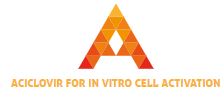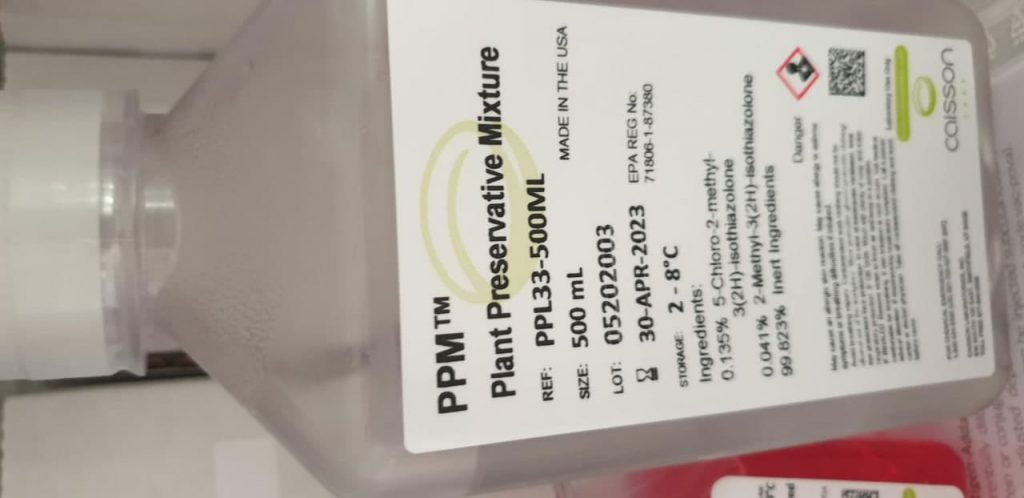Crosstalk between neurons and oligodendrocytes is necessary for correct mind functioning. A number of co-culture strategies have been developed to check oligodendrocyte maturation, myelination or the impact of oligodendrocytes on neurons. Nevertheless, most of those strategies include cells derived from animal fashions. Within the present protocol, we co-culture human neurons with human oligodendrocytes. Neurons and oligodendrocyte precursor cells (OPCs) have been differentiated individually from pluripotent stem cells in keeping with beforehand printed protocols. To review neuron-glia cross-talk, neurons and OPCs have been plated in co-culture mode in optimized situations for added 28 days, and ready for OPC maturation and neuronal morphology evaluation. To our information, this is without doubt one of the first neuron-OPC protocols containing all human cells. Particular neuronal abnormalities not noticed in mono-cultures of Tuberous Sclerosis Complicated (TSC) neurons, grew to become obvious when TSC neurons have been co-cultured with TSC OPCs. These outcomes present that this co-culture system can be utilized to check human neuron-OPC interactive mechanisms concerned in well being and illness.
Since their discovery, mesenchymal stromal cells (MSCs) have obtained lots of consideration, primarily resulting from their self-renewal potential and multilineage differentiation capability. For these causes, MSCs are a useful gizmo in cell biology and regenerative medication. On this article, we describe protocols to isolate MSCs from bone marrow (BM-MSCs) and adipose tissues (AT-MSCs), and strategies to tradition, characterize, and differentiate MSCs into osteoblasts, adipocytes, and chondrocytes. After the harvesting of cells from bone marrow by flushing the femoral diaphysis and enzymatic digestion of belly and inguinal adipose tissues, MSCs are chosen by their adherence to the plastic tissue tradition dish. Inside 7 days, MSCs attain 70% confluence and are prepared for use in subsequent experiments. The protocols described listed here are simple to carry out, cost-efficient, require minimal time, and yield a cell inhabitants wealthy in MSCs.
Technique for Main Epithelial Cell Tradition from the Rat Choroid Plexus

Quantification of Hepatitis B Virus Covalently Closed Round DNA in Contaminated Cell Tradition Fashions by Quantitative PCR
Persistence of the human hepatitis B virus (HBV) requires the upkeep of covalently closed round (ccc)DNA, the episomal genome reservoir in nuclei of contaminated hepatocytes. cccDNA elimination is a significant purpose in future healing therapies at present beneath growth. In cell tradition based mostly in vitro research, each hybridization- and amplification-based assays are at present used for cccDNA quantification. Southern blot, the present gold normal, is time-consuming and never sensible for a lot of samples. PCR-based strategies present restricted specificity when extreme HBV replicative intermediates are current. Now we have lately developed a real-time quantitative PCR protocol, by which whole mobile DNA plus all types of viral DNA are extracted by silica column. Subsequent incubation with T5 exonuclease effectively removes mobile DNA and all non-cccDNA types of viral DNA whereas cccDNA stays intact and may reliably be quantified by PCR. This technique has been used for measuring kinetics of cccDNA accumulation in a number of in vitro an infection fashions and the impact of antivirals on cccDNA. It allowed detection of cccDNA in non-human cells (major macaque and swine hepatocytes, and so forth.) reconstituted with the HBV receptor, human sodium taurocholate cotransporting polypeptide (NTCP). Right here we current an in depth protocol of this technique, together with a piece flowchart, schematic diagram and illustrations on learn how to calculate “cccDNA copies per (contaminated) cell”.
[Linking template=”default” type=”products” search=”Human Umbilical Cord Blood CD3+ T Cells” header=”3″ limit=”136″ start=”3″ showCatalogNumber=”true” showSize=”true” showSupplier=”true” showPrice=”true” showDescription=”true” showAdditionalInformation=”true” showImage=”true” showSchemaMarkup=”true” imageWidth=”” imageHeight=””]

